Inside The New York Botanical Garden
Posted in Bill Buck, From the Field, Science on January 18 2011, by William R. Buck
Ed. note: NYBG scientist and Mary Flagler Cary Curator of Botany, Bill Buck is currently on expedition to the islands off Cape Horn, the southernmost point in South America, to study mosses and lichens. Follow his journeys on Plant Talk.
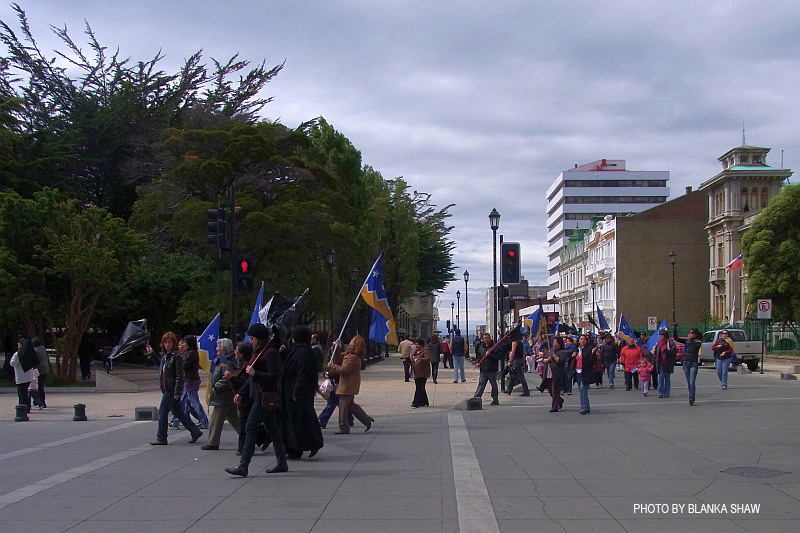 January 18, 2011, Punta Arenas, Chile
January 18, 2011, Punta Arenas, Chile
Say hallelujah! On Sunday evening the barricades were lifted temporarily and I was able to get my luggage. Ah, the joys of clean clothes! The barricades were opened at about 7 p.m. and thousands of people flocked to the airport. However, the road to the airport was only to be open until 9:30 p.m., and the road from the airport (it is a divided highway) only until 11 p.m. So, Juan and Ernesto took advantage of the window and went to the airport to get not only my luggage but also their own. They were able to get my luggage and Ernesto’s, but Juan’s was locked in the DAP Airline office and no one was there from that airline. Fortunately, Juan only had collecting equipment there, and not his clothes. So, we are able to collectively provide him with what he needs.
On Monday, the protests continued, only growing larger. However, most stores opened, so we took advantage of it and did what little shopping we needed to do. The most interesting experience was when we went to a department store to buy pillows for our bunks on the ship. I had decided bringing a pillow was too bulky and easier just to buy here. We went to the bedding department and were told they were out of pillows. However, all the beds on the floor were made and had pillows on them. I pulled a pillow out of the pillow case and said that this was just fine with me. The sales person shrugged and led me to the cash register. Both Jim and Blanka followed suit and they bagged up our pillows. When I asked how much they were, he said they were free, a “souvenir” for us! So, they were out of pillows to sell, but what pillows they did have were free. Can you see that happening at Macy’s?!
Will the protests end? Will Bill and his crew ever be able to set sail? Found out below!
Posted in Gardening Tips on January 18 2011, by Sonia Uyterhoeven
 Last week we looked dwarf conifers as container plants. Single containers – particularly with a small to medium sized tree or shrub can happily fill a corner on a patio. Sometimes, however, they look a little lonely, particularly if they don’t have enough pizzazz or weight to hold up on their own.
Last week we looked dwarf conifers as container plants. Single containers – particularly with a small to medium sized tree or shrub can happily fill a corner on a patio. Sometimes, however, they look a little lonely, particularly if they don’t have enough pizzazz or weight to hold up on their own.
Many container plants look better when clustered in groups to form miniature landscapes. There is great latitude in how a homeowner can approach this task. The containers could all be the same giving a uniform look or you could go for a more eclectic arrangement of colorful and expressive pots. One way will give a formal feel to the arrangement while the other will give it an ‘arts and crafts’ feel.
You likewise have endless possibilities with your plant choices. Are you trying to create the feel of a miniature woodland on your patio, replicate a foundation planting or have a foray into a mixed perennial garden? It is important to have a vision of what you would like to create before you start selecting your container plants.
Read More
Posted in Photography on January 18 2011, by Plant Talk
This flame vine sure is beautiful, but is known for being quite aggressive. Grow with care.
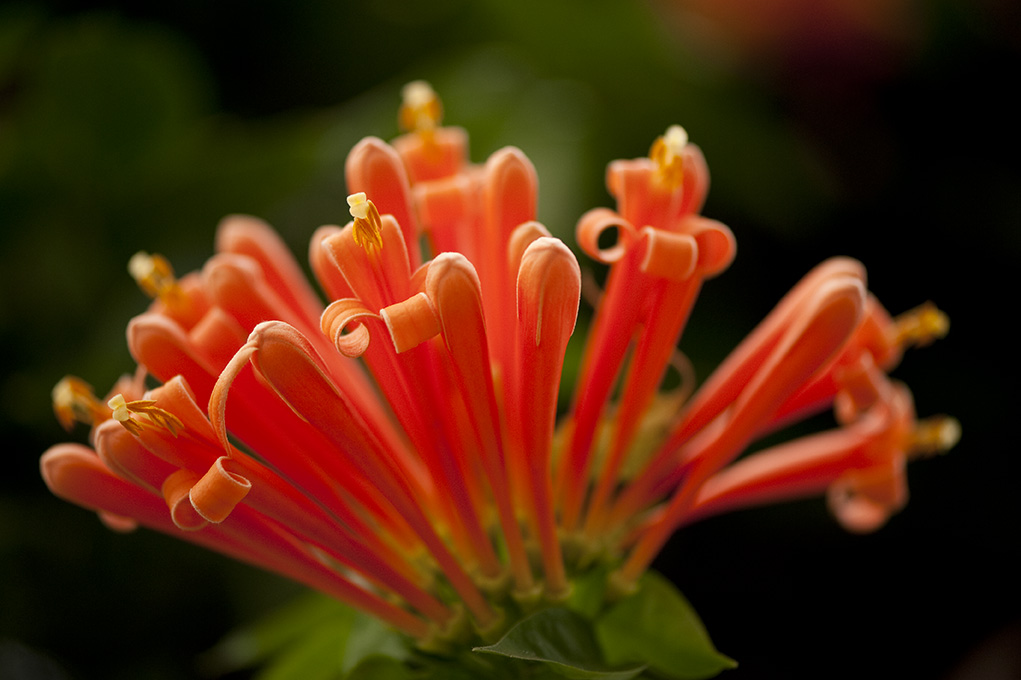
Pyrostegia venusta Flame Vine (photo by Ivo M. Vermeulen)
Posted in Photography on January 17 2011, by Plant Talk
Even the flowers on this jade plant look as if they might be carved in the beautiful stone.
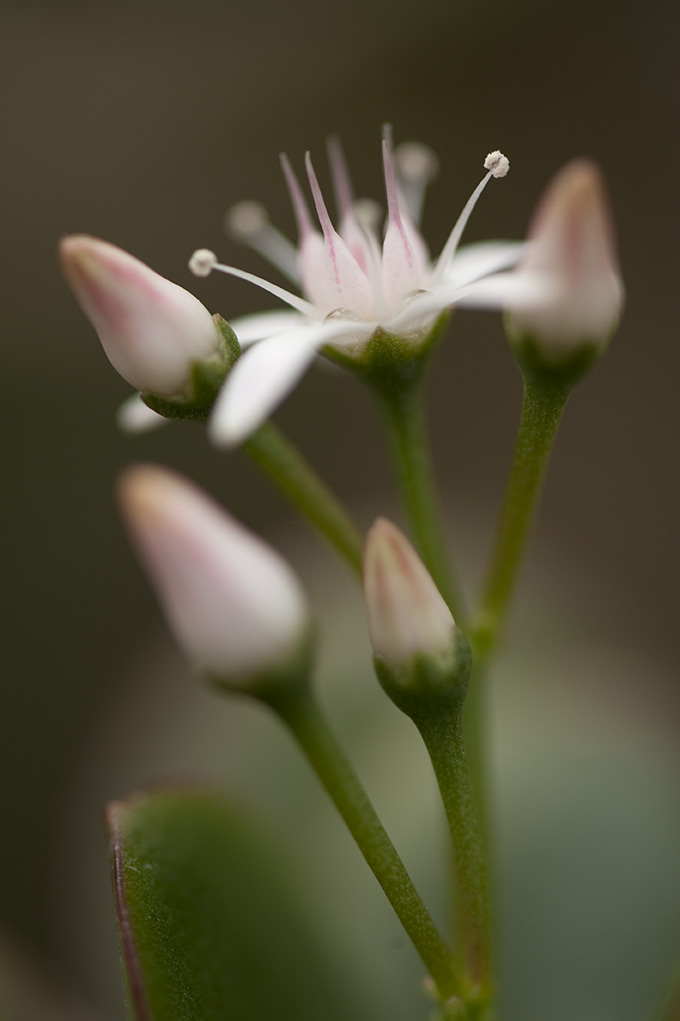
Crassula ovata Jade Plant (photo by Ivo M. Vermeulen)
Posted in Bill Buck, From the Field, Science on January 16 2011, by William R. Buck
Ed. note: NYBG scientist and Mary Flagler Cary Curator of Botany, Bill Buck is currently on expedition to the islands off Cape Horn, the southernmost point in South America, to study mosses and lichens. Follow his journeys on Plant Talk.
January 16, 2011, Punta Arenas, Chile
We were originally scheduled to set sail and head out to sea tomorrow, but I’m hoping we’ll oly be delayed by a day. Two more of our group arrived last night, Blanka Shaw from Duke University and Jim Shevock from the California Academy of Sciences. All day there had been conflicting stories in the news about whether or not the protesters (who are protesting against the government for raising fuel prices) would allow a bus to take airline passengers from the airport to the barricade nearest the city. Because of the uncertainty, Juan Larraín, a graduate student at the Universidad de Concepción (in Concepción, Chile, just south of Santiago, where the earthquake was the worst last year) and our main Chilean collaborator on the project, borrowed a bicycle from a friend and went out to meet the flight. There was a bus, but initially they would not allow Blanka on it because she was too young. Fortunately, Juan was able to get her on the bus, along with Jim, and all their luggage. We had then arranged for a local student who will be on our trip, Ernesto Davis, to be waiting with a car on the other side of the barricade. About 9:30pm they arrived at the hotel, and Juan arrived about a half an hour later by bicycle. Neither Blanka nor Jim have ever been to South America and were excited to be here. At the barricade, as they walked through with their luggage, they even stopped to collect their first moss in Chile!
Needless to say, Blanka and Jim wanted to see the town today, and so Juan and I acted as tour guides, despite the fact that we both still have blistered feet from our walk from the airport a couple of days ago. While walking around the city, we came across a demonstration march around the central square, with its statue of Ferdinand Magellan. What was so interesting is that the protesters were not just young people, as one often sees at demonstrations. Rather, whole families, from grandparents to young children, were marching with flags and banners. It was very exciting to see such multigenerational activism.
We have an unconfirmed report that tomorrow there will be a flight from Puerto Williams. A group of 30-40 biologists are trapped there because of cancelled flights. They had been there for an inauguration ceremony for a new biological station. I had initially been invited but because of limited flights to Puerto Williams (and then mostly 18-seater prop planes) and limited accommodations (one hotel and a few bed-and-breakfasts) I bowed out. However, a few friends, including Bernard Goffinet from the University of Connecticut, as well as a group of students, four of whom are scheduled to join our expedition, are now trapped there awaiting a flight out. Tomorrow we’ll see if they get off of Isla Navarino. Assuming they do, and assuming I can finally get my luggage (still at the Punta Arenas airport), we’ll depart on Tuesday, January 18, just a day late.
Just moments ago a new rumor surfaced. We heard that until midnight the road to the airport would be open, but after midnight it would be shut tight, not even allowing pedestrians to walk there. I’m sure it’s to pressure the main airline, LAN Chile, to stop flying people to the city because they would just be trapped in the airport, plus their employees couldn’t get to work. On the chance this is true, Juan and Ernesto have gone to the airport to try and get our luggage. I hope it works because I’d really like some clean clothes. Of course that would mean the Puerto Williams group are still stuck! We have even discussed renting a helicopter (around $2,000 per hour) to retrieve the luggage.
Stay tuned for future developments ….
Posted in Photography on January 16 2011, by Plant Talk
A camellia worthy of the French master.
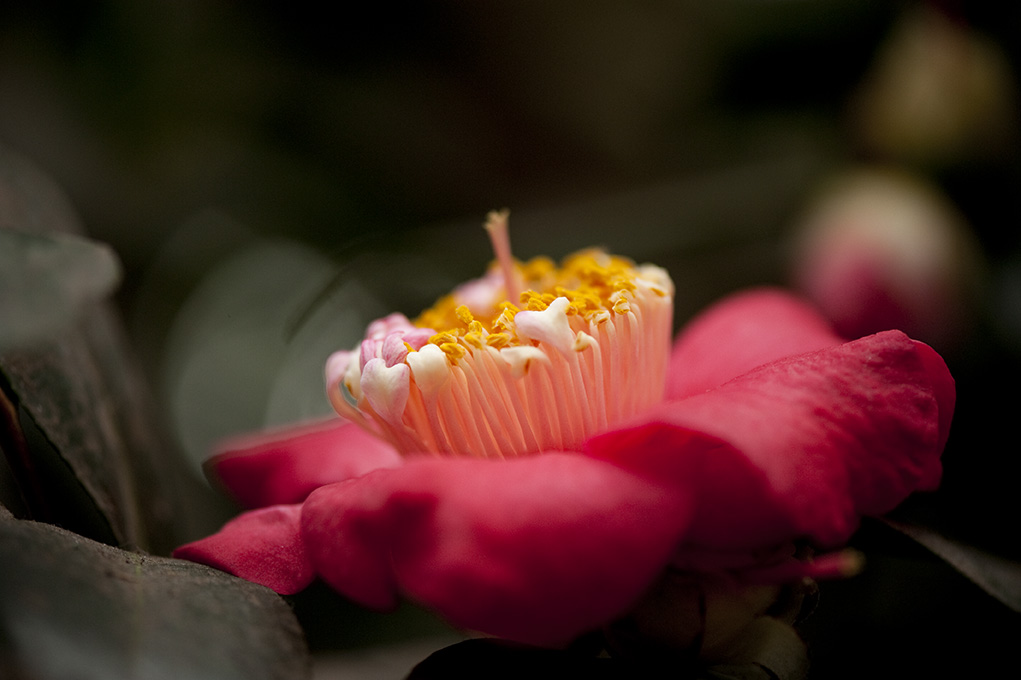
Camellia japonica ‘Imbricata Rubra’ (photo by Ivo M. Vermeulen)
Posted in Photography on January 15 2011, by Plant Talk
Our newest exhibition opens today, complete with a photography contest! Here’s a snapshot to get you in the mood.
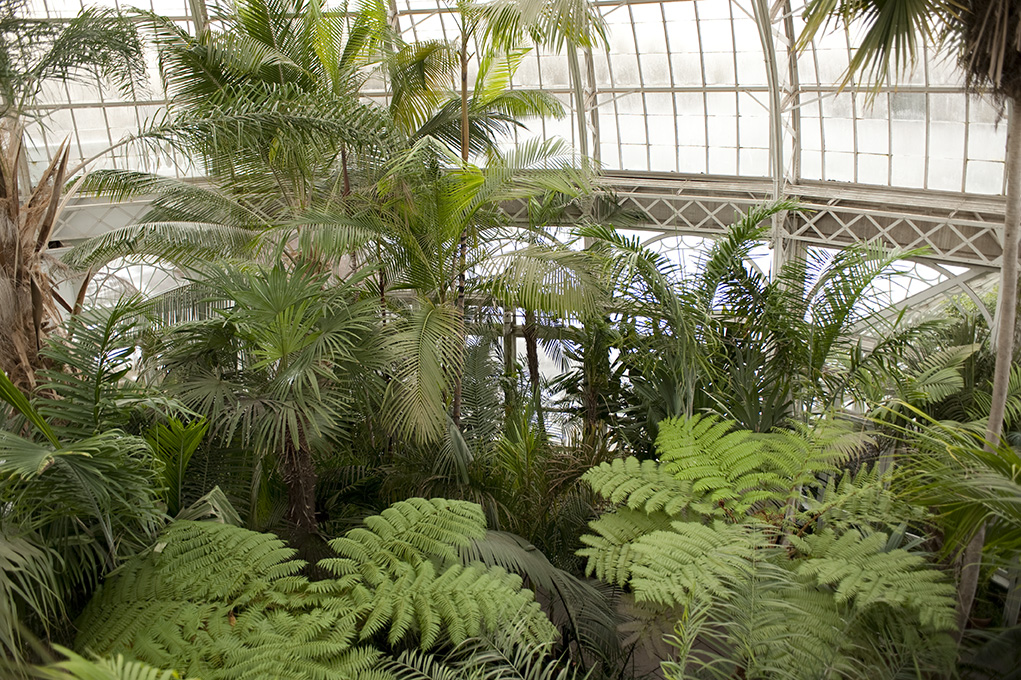
In the Conservatory: Caribbean Garden (photo by Ivo M. Vermeulen)
Posted in Programs and Events on January 14 2011, by Sonia Uyterhoeven
 |
Sonia Uyterhoeven is Gardener for Public Education.
|
The Garden will be screening A Sea Change: Imagine a World Without Fish on Saturday, January 22 at 2 p.m. to be followed by a moderated discussion with the director and narrator. Admission is free to all Garden visitors. Stop by any ticketing booth on-site to pick up your complimentary ticket.
I watched a new documentary recently that was a powerful and beautiful tutorial on how we educate, how we learn, and how we inaugurate change on a personal level. It was close to my heart since the topic was environmental stewardship.
A Sea Change: Imagine a World Without Fish is a movie about how the increase in carbon emissions and the raising level of acidity is affecting ocean life. It is a movie that will be enjoyed and should be seen by everyone.

The film is the story of a man, retired history teacher Sven Huseby, who is touched by Elizabeth Kolbert’s New Yorker article*, ”The Darkening Sea.” Kolbert’s article spurs Huseby to go on a quest to investigate what is happening to our oceans. Woven into Huseby’s journey is the tale of his relationship with his grandson and a concern for future generations. It poses several important questions: What is our connection with the natural world? What kind of world will our children inherit? What kind of values can we instill in young minds?

On Saturday, January 22 The New York Botanical Garden will show the film at 2pm in the Ross Lecture Hall. The screening will be followed by a moderated discussion with the director, Barbara Ettinger, and the narrator, Sven Huseby.
Children of all ages, including their parents, will be inspired to learn more. Young adults, especially those with an interest in social responsibility, will be fascinated by the breathtaking images of the sea. Grandparents will contemplate legacy as they join Huseby’s journey with his grandson into the natural world.

A Sea Change: Imagine a World Without Fish doesn’t proselytize; it is personal and positive with a strong message of social responsibility. It focuses on the wonders of the natural world and how we need to plan for the future as it examines the implication of increasing pollution.
Please join us for an inspiring, enjoyable afternoon.
*To view the entire article by Kolbert, a digital subscription to the New Yorker is required.
Posted in Photography on January 14 2011, by Plant Talk
The Holiday Train Show is over for another year. But trains and plants wait for no man. Up next? Caribbean Garden!
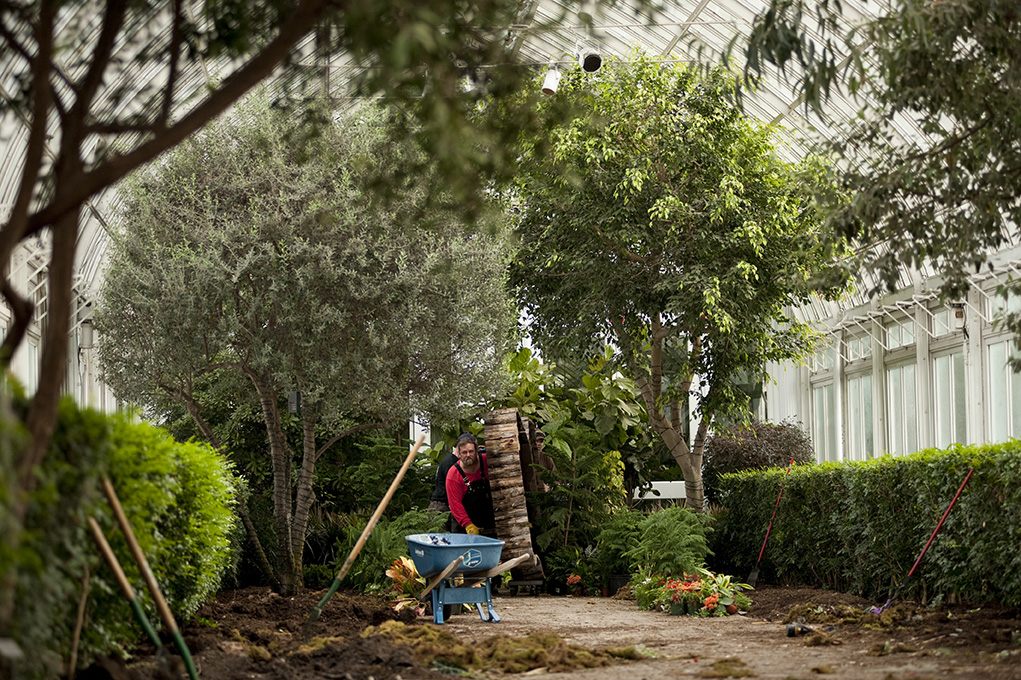
Breaking down the Holiday Train Show in the Enid A. Haupt Conservatory (photo by Ivo M. Vermeulen)
Posted in Learning Experiences on January 13 2011, by Plant Talk
 A good lecture can serve as a catalyst for change, and this year’s 11th Annual Winter Lecture Series at The New York Botanical Garden should send you away with a lot to think about, and some serious tools for precipitating change in your own community, city, or just our own backyard.
A good lecture can serve as a catalyst for change, and this year’s 11th Annual Winter Lecture Series at The New York Botanical Garden should send you away with a lot to think about, and some serious tools for precipitating change in your own community, city, or just our own backyard.
The series kicks off on Thursday, January 20 with Michael Van Valkenburgh‘s ”Plants Make Places.” Van Valkenburgh, a renowned landscape architect, will discuss the role of plants in recent projects at Princeton University, Teardrop Park in lower Manhattan, and Brooklyn Bridge Park.
On Thursday, February 17, garden designer, award-winning author, photographer, naturalist, and
 teacher C. Colston Burrell will talking about ”Native Plants and Ecological Design.” Burrell will explore what actually makes a plant ”native,” the definition of ecological gardening, and the issues surrounding sustainable landscape design.
teacher C. Colston Burrell will talking about ”Native Plants and Ecological Design.” Burrell will explore what actually makes a plant ”native,” the definition of ecological gardening, and the issues surrounding sustainable landscape design.
Last, but certainly not least, Annie Novak, urban farming evangelist and director of The New York Botanical Garden’s Children’s Gardening Program will ”Raise The Roof!” on Thursday, March 17. Novak is the founder and director of Growing Chefs field-to-fork education program, and the co-founder of Eagle Street Rooftop Farm in Greenpoint, Brooklyn and will discuss the challenges, successes, and lessons learned from farming the skyline.
 The lectures are being held at the Garden in the Ross Lecture Hall 10 a.m. – 12 p.m. Each lecture is $39 for non-members, and $35 for Members, or buy the whole series and save 10%.
The lectures are being held at the Garden in the Ross Lecture Hall 10 a.m. – 12 p.m. Each lecture is $39 for non-members, and $35 for Members, or buy the whole series and save 10%.
And while you’re at the Garden, why not make a full day of it? Visit Caribbean Garden for a mini-vacation in the historic Enid A. Haupt Conservatory; snap a few pictures to enter into our photography contest; grab a bite from one of our two cafes dedicated to sustainable, local, tasty cuisine; and shop the Winter Sale at the Shop in the Garden.
 January 18, 2011, Punta Arenas, Chile
January 18, 2011, Punta Arenas, Chile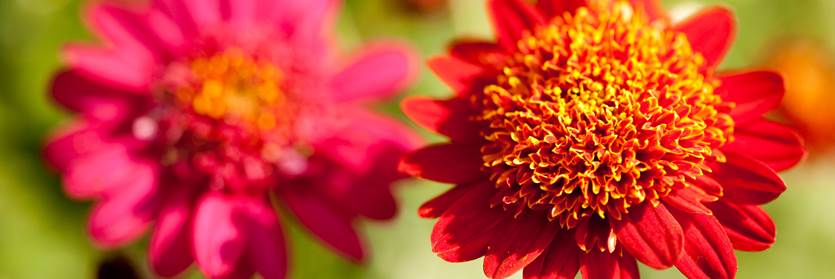










 A good lecture can serve as a catalyst for change, and this year’s
A good lecture can serve as a catalyst for change, and this year’s  teacher
teacher  The lectures are being held at the Garden in the
The lectures are being held at the Garden in the